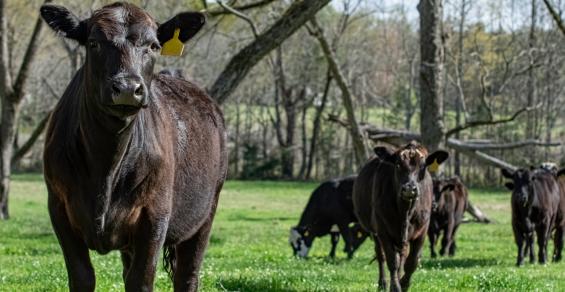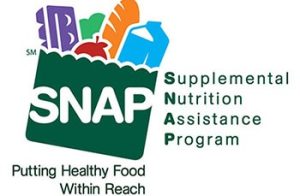Beef Column: It may be necessary at times to adjust the ration to help cows through cold conditions.
Good winter management practices contribute to healthy cattle, reasonable feed costs and long-term productivity of the beef cow herd. There will be times during the winter when it will be necessary to adjust the ration to help cows through cold conditions.
When does a cow begin to feel cold stress? Cold stress, defined as lower critical temperature, is the temperature below which a resting animal must increase its metabolic rate to stay warm. The actual air temperature when this occurs varies depending in large part on the amount of insulation the animal has. Thickness of the hair coat and whether the hair is dry, wet and/or matted are major influencers.
Here are lower critical temperatures based on coat condition and assuming no wind chill:
Wet or summer coat, 59 degrees F
Dry fall coat, 45 degrees F
Dry winter coat, 32 degrees F
Dry heavy winter coat, 18 degrees F
Wind chill must be included when determining how many degrees below a cow’s critical temperature point to estimate the severity of cold stress. For example, a 10-mile-per-hour wind at 20 degrees has the same effect as a temperature of 9 degrees with no wind. Conditions where the cattle have wet hides or can’t get out of the wind result in cold stress. Subcutaneous fat thickness is another contributing factor.
Cattle will voluntarily consume more feed to meet the added energy requirements needed to stay warm when temperatures are below the lower critical temperature. This can range from a 2% to 25% increase in voluntary intake to meet their energy needs. Intake during extreme cold and blizzards can vary greatly. Barometric pressure changes and lack of shelter from the wind where the feed is located can influence intake.
Energy needs of cattle increase about 1% for every degree F below the lower critical temperature. Knowing forage quality is critical to knowing what the options are for providing the extra needed energy to help cattle deal with cold stress. The forage’s neutral detergent fiber content determines how much the cow can eat. In general, cows can eat 1.1% of their body weight of NDF. This will vary slightly based on the digestibility of the NDF. It is possible that cattle may not be able to meet their energy needs in weather conditions below their lower critical temperature with some lower-quality forages that would meet their needs in milder conditions.
Supplementing cattle with extra corn is a common method to provide additional energy. Some beef producers can provide extra energy needs by feeding higher-quality forages (lower NDF) during colder weather. Knowing the quality analysis of available feed resources helps economically and efficiently match resources to needs for each situation.
Make sure all animals have access to supplemented feeds to prevent bossy cows from eating more than their share and timid cows not getting any. Provide at least 30 inches per head of bunk space. Another option is to divide cattle into similar groups of fewer head based on weight, age and body condition to provide less competition or more even competition within the group.
Remember that cattle can adapt to short-term weather changes relatively well without a significant impact on performance. Cows in good winter condition with dry, clean hair coats and wind shelter can deal with a few cold, miserable days without suffering long-term effects. However, ignoring the energy costs of long-term cold stress greatly increases the risk of problems down the road during calving and subsequent rebreeding performance.
Halfman is the beef outreach specialist for University of Wisconsin Extension. This column is provided by the UW Division of Extension Livestock Team.






